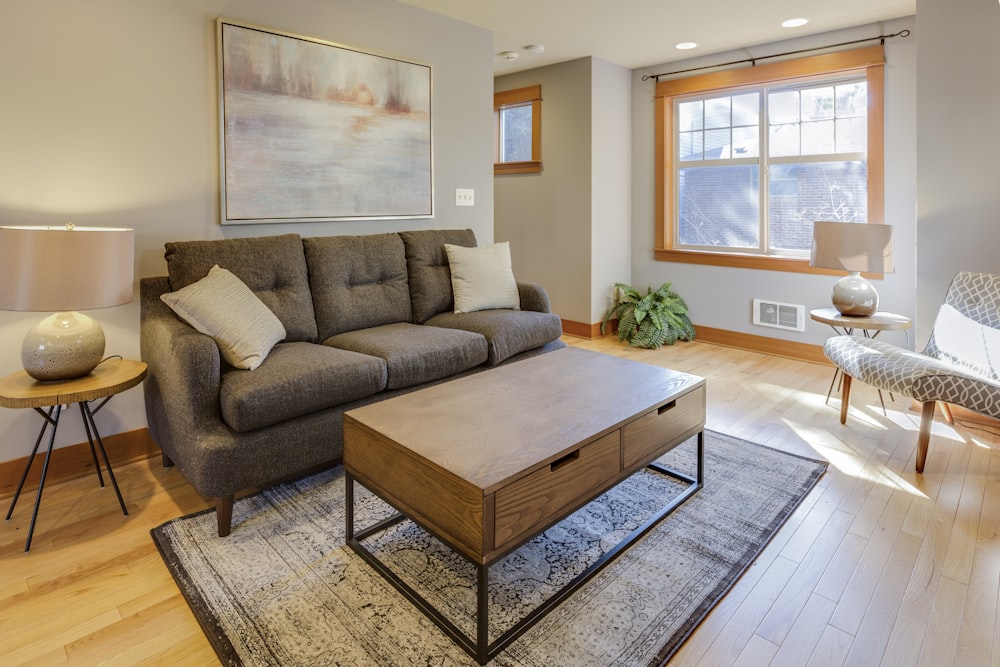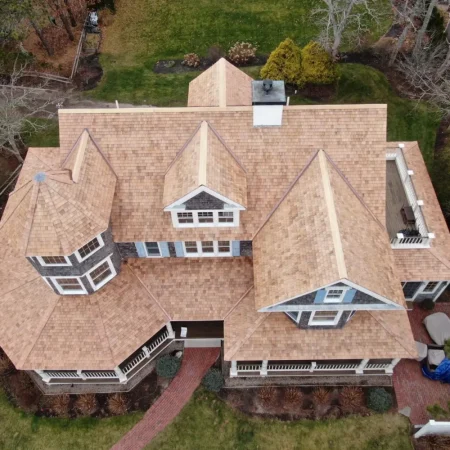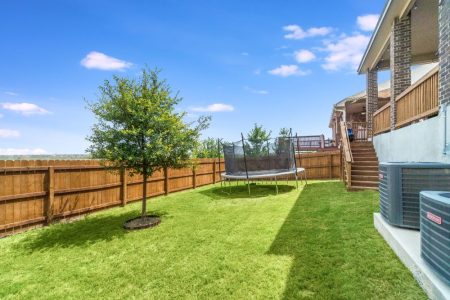In the past, many people who wanted to create their own homes from the ground up wouldn’t have even thought of buying a little piece of land to put it on. Why, after all, would you choose a small lot when you could afford something more conventionally oriented when there are so many other options?
But as land prices have grown in recent years due to construction and rising demand, there has also been an increase in interest in small lots. These lots may not just be less expensive to build on than other possibilities; in some neighbourhoods or regions, they can be the only available undeveloped land.
However, constructing a small lot has its own special difficulties and requirements. Here are some strategies you can employ to maximise the utilisation of your little lot as you plan and construct your house.
What exactly is a narrow lot home?
A house on a narrow lot is deeper and narrower, but it can have more levels and isn’t required to be in a straight line like a shotgun house.
Due to its many advantages, building homes on narrow lots has grown in popularity in recent years.
Why buy a narrow lot home?
There are numerous benefits to building narrow lot homes.
- They cost less to construct (a smaller footprint means fewer materials and a lower cost to build)
- A narrower home could fit in more locations than a larger one, giving you more alternatives for where to put it.
- Greater environmental benefit (less energy to power the home, less building materials, etc.)
In addition to these, construction on a small lot has several potential for distinctive design and aesthetic options.
What is the disadvantage of a narrow-lot home?
Actually, the only real drawback of a house on a small lot is the lack of space. To effectively utilise all the space you have available to you, you must be innovative with your home design.
Additionally, some furniture pieces that in a bigger house seemed perfect can suddenly overshadow their surroundings and look out of place or they might not fit at all.
Fortunately, these “cons” are reversible. In truth, accommodating them is not difficult at all.
How can you make the inside of a narrow house look bigger?
Planning and orientation are important considerations
Of course, the size and shape of the lot itself are one of the most obvious restrictions when it comes to building a house on a narrow lot. You might be amazed by how much housing you can fit into even the smallest of lots if you exercise critical thought throughout the planning stage. Some things to think about are:
- Build vertically– By building vertically, you may make use of space that would otherwise be wasted and conserve more of your yard without reducing the size of your house.
- Utilize open areas– Open floor plans are a crucial component of modern architecture, and they are particularly crucial in homes on small lots since they make a space appear bigger, more open, and less cramped. Consider removing interior walls to make more open spaces, particularly in communal areas.
- Use tall ceilings to your advantage– For many of the same reasons that removing unused internal walls works, taller ceilings make rooms appear larger than they actually are. No matter how the property is oriented, big ceilings will help you feel more spacious. Building double-height rooms might be a particularly useful idea for gathering areas.
- Take into account your surroundings– Homes constructed on narrow lots are frequently located close to the structures next to them. So that the house plan can be created in a way that maximises privacy, it is crucial to be aware of these surroundings. Nobody likes to think that their neighbours are peering into their bathroom or bedroom, but with careful design, this doesn’t need to be a concern.
Use quality resources
Even though your house is on a small property, the material choices you choose can make the room feel bigger and more open.
Because it effectively opens the area up to the yard, a huge expanse of glass, for instance, can make a home appear larger than it actually is. As an alternative to a conventional wall, sliding glass doors or floor-to-ceiling windows can both be great choices.
Similar to this, using dark materials, such as dark wood, stone, metal, or paint, can make a small space feel even smaller. Meanwhile, lighter components can make a room appear bigger, especially when combined with natural light.
Make the most of the natural light available

Amazingly, light has the power to make a room appear larger than it actually is, especially when that light is obtained naturally. Simply, your home will feel less confined the more natural light you can let in.
As mentioned above, it is crucial to make sure that your home’s design incorporates sufficient windows and areas of glass to let the light in. They are not the only choice, though. Skylights and light wells can also be a really efficient way of actively bringing light from above deep into your home. These strategies are especially effective in residences that are close to other buildings that could “steal” or otherwise obstruct natural light from entering your home.
Don’t disregard your outdoor areas
Finally, it’s crucial to keep in mind that your home is more than just your dwelling. A yard, garden, or courtyard are examples of outside areas that should be taken into account. It would be a mistake to disregard these spaces while constructing your house and the small joys they deliver. However, the characteristics of your lot and how you want to use the space will determine how you go about carving out outdoor space in your design.
On the other hand, if it is practical for your family, you might decide to move some of the programmings to the floors above the ground floor in order to maintain room for an outside area. For example, moving bedrooms to the second or third floor may be sufficient to provide a small yard.
A small lot does not have to be a problem
Many individuals think that a narrow lot will be a restricting element that will restrict what they can or cannot accomplish in their space when they consider building a house on it. You could be surprised by how much room you actually have and how open you can make your lot feel if you approach it with an open mind, though. In reality, for many homeowners, a tiny lot might provide the opportunity and motivation to try something brand-new and intriguing.






